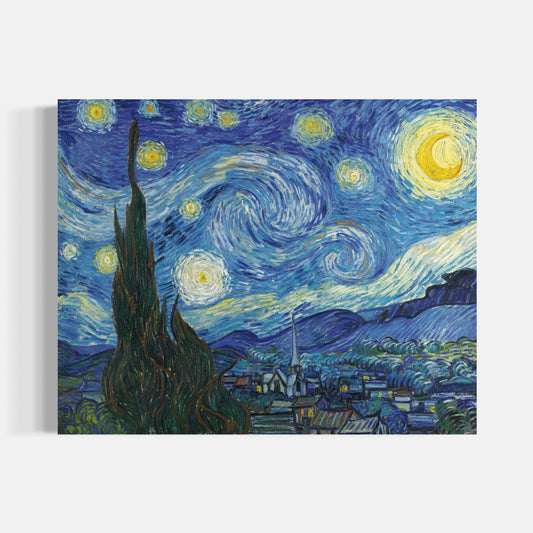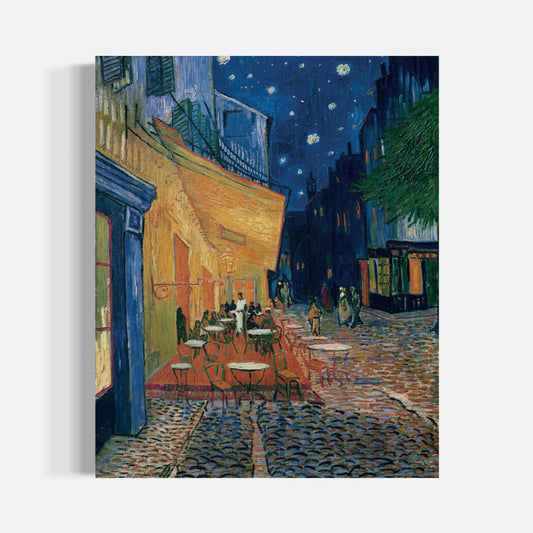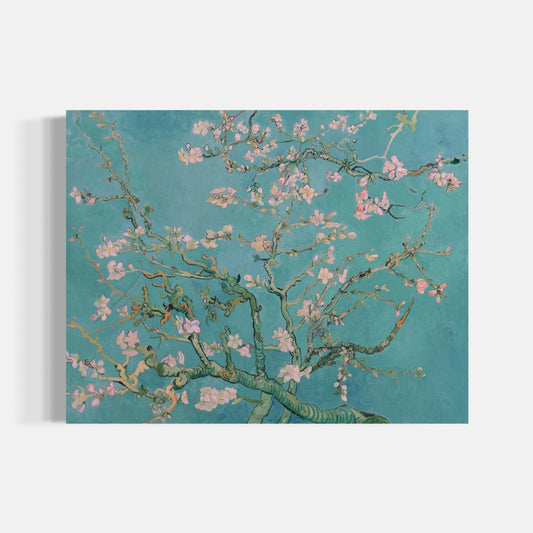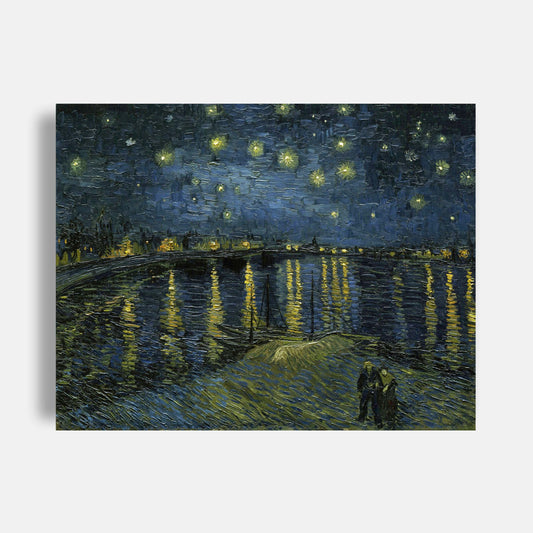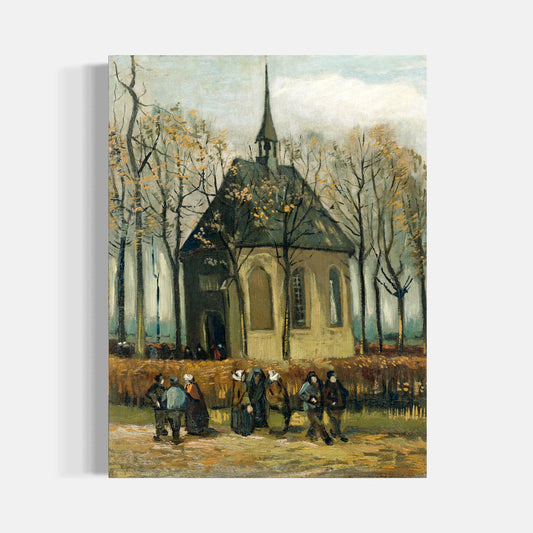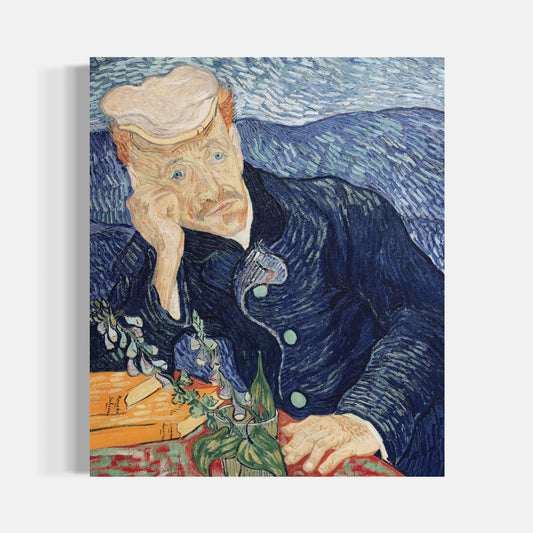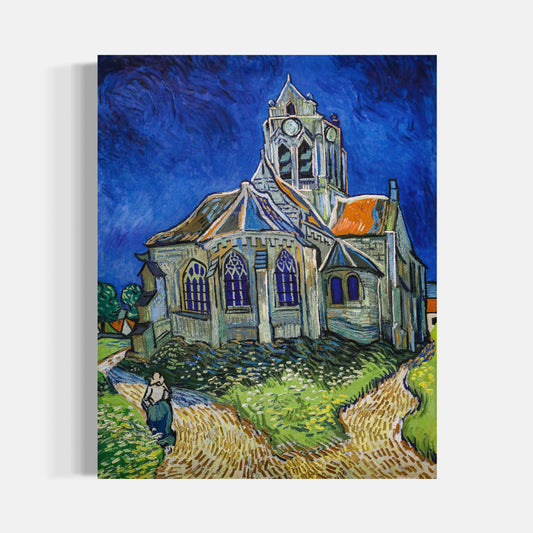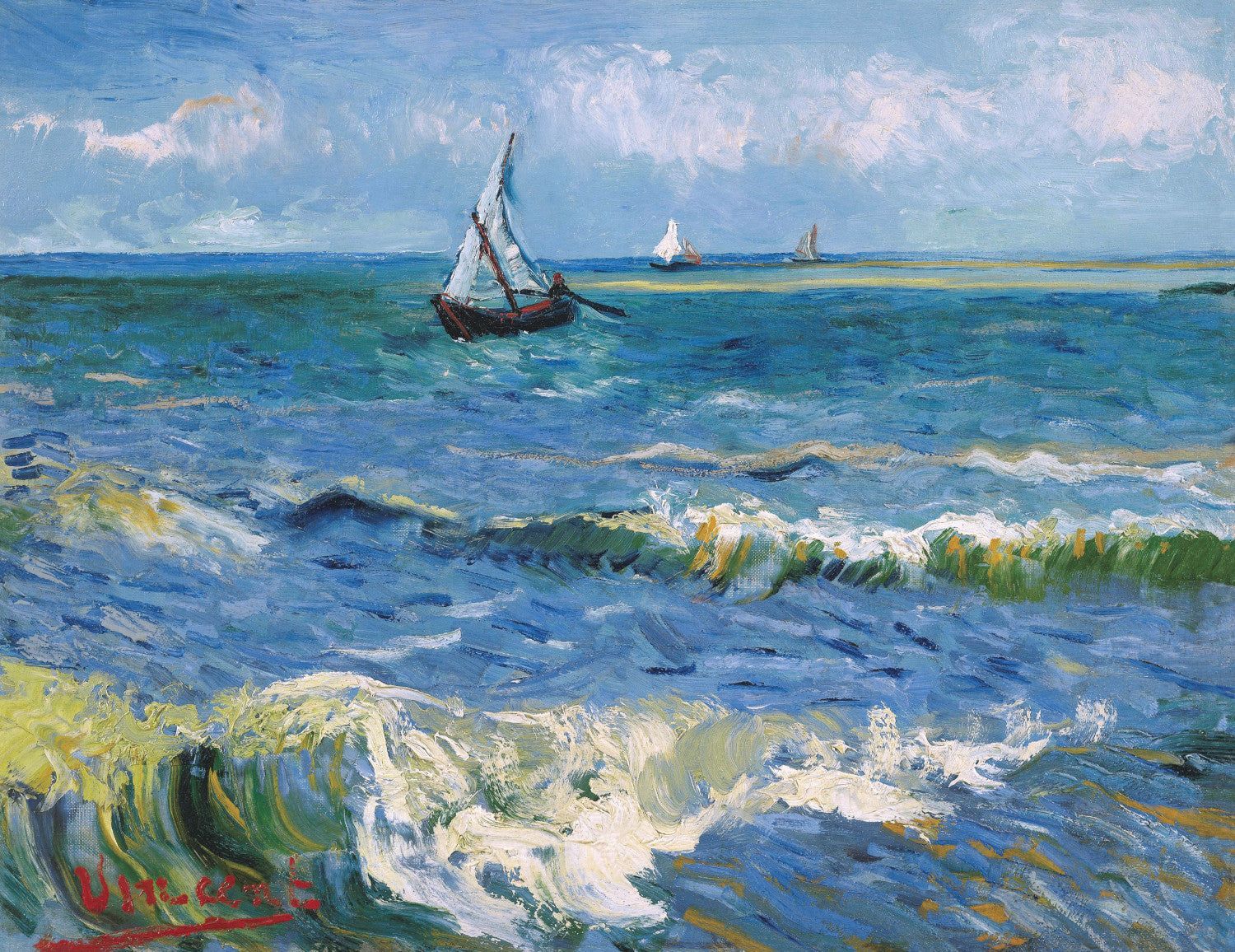
Post-impressionism
Era: 1885 - 1915
Post-Impressionism is an artistic movement which developed at the end of the 19th century, both in continuity with and in reaction to Impressionism. It served as a bridge between two crucial centuries for painting, and between the revolutionary spark of Impressionism and the many artistic movements that followed from it.
The Impressionists sought to capture light and fleeting moments of everyday life with multiple, rapid, imprecise brushstrokes. On the other hand, the Post-Impressionists placed emphasis on the brushstroke, which became more present, more marked and often more daring. Their bright colors and contrasts often reflected their emotions. The greatest disciples of the movement such as Vincent van Gogh, Paul Cézanne, Paul Gauguin and George Seurat expressed feeling more than simple observation.
If Impressionism broke the artistic conventions of its time, Post-Impressionism projected art in new directions. Shapes, colors, and particularly themes have become subjects of experimentation and interpretation.
Fundamental geometry, exoticism, and spirituality were invited onto the canvases, allowing artists to express their feelings more than their visual perceptions. In summary, Impressionism focuses on perceptions, while Post-Impressionism focuses on emotions.
Remarkable Artwork
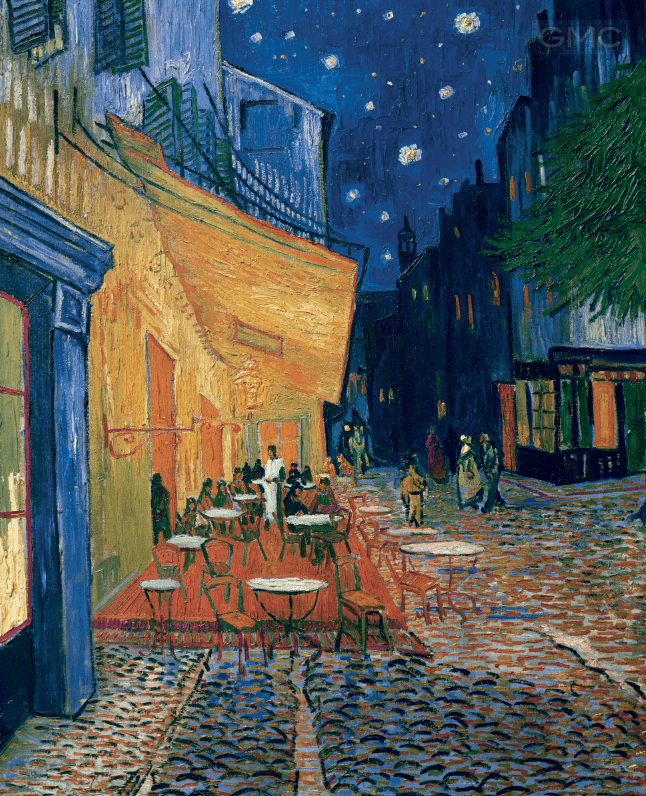
Café Terrace at Night
Vincent Van Gogh
Year of creation: 1888
Estimated Market Value: 200 M$
Original Format: 81 x 65,5 cm
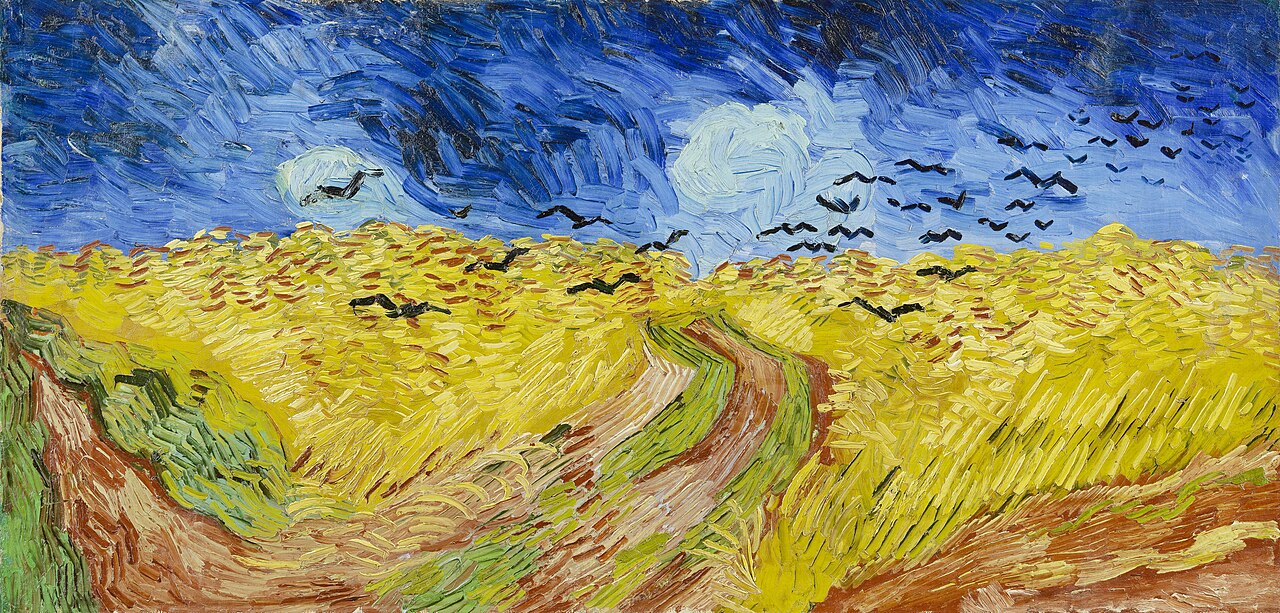
Wheatfield with Crows
Vincent Van Gogh
Year of creation: 1890
Estimated Market Value: Priceless
Original Format: 50,2 x 103 cm

Where Do We Come From? What Are We? Where Are We Going?
Paul Gauguin
Year of creation: 1897-98
Estimated Market Value: Priceless
Original Format: 139 x 374 cm
Available to Purchase
-
Starry Night
Regular price From $228.00 CADRegular priceUnit price / per -
Café Terrace at Night
Regular price From $277.00 CADRegular priceUnit price / per -
Almond Blossom
Regular price From $267.00 CADRegular priceUnit price / per -
Sunflowers
Regular price From $187.00 CADRegular priceUnit price / per -
Starry Night Over the Rhône
Regular price From $295.00 CADRegular priceUnit price / per -
Wheatfield with Crows
Regular price From $259.00 CADRegular priceUnit price / per -
Congregation Leaving the Church
Regular price From $179.00 CADRegular priceUnit price / per -
 Promotion
PromotionWhen Will You Marry?
Regular price From $269.00 CADRegular priceUnit price / per$299.00 CADSale price From $269.00 CADPromotion -
Portrait of Dr. Gachet
Regular price From $211.00 CADRegular priceUnit price / per -
Starry Night (Square)
Regular price From $148.00 CADRegular priceUnit price / per -
Bedroom in Arles
Regular price From $217.00 CADRegular priceUnit price / per -
The Church at Auvers
Regular price From $221.00 CADRegular priceUnit price / per


